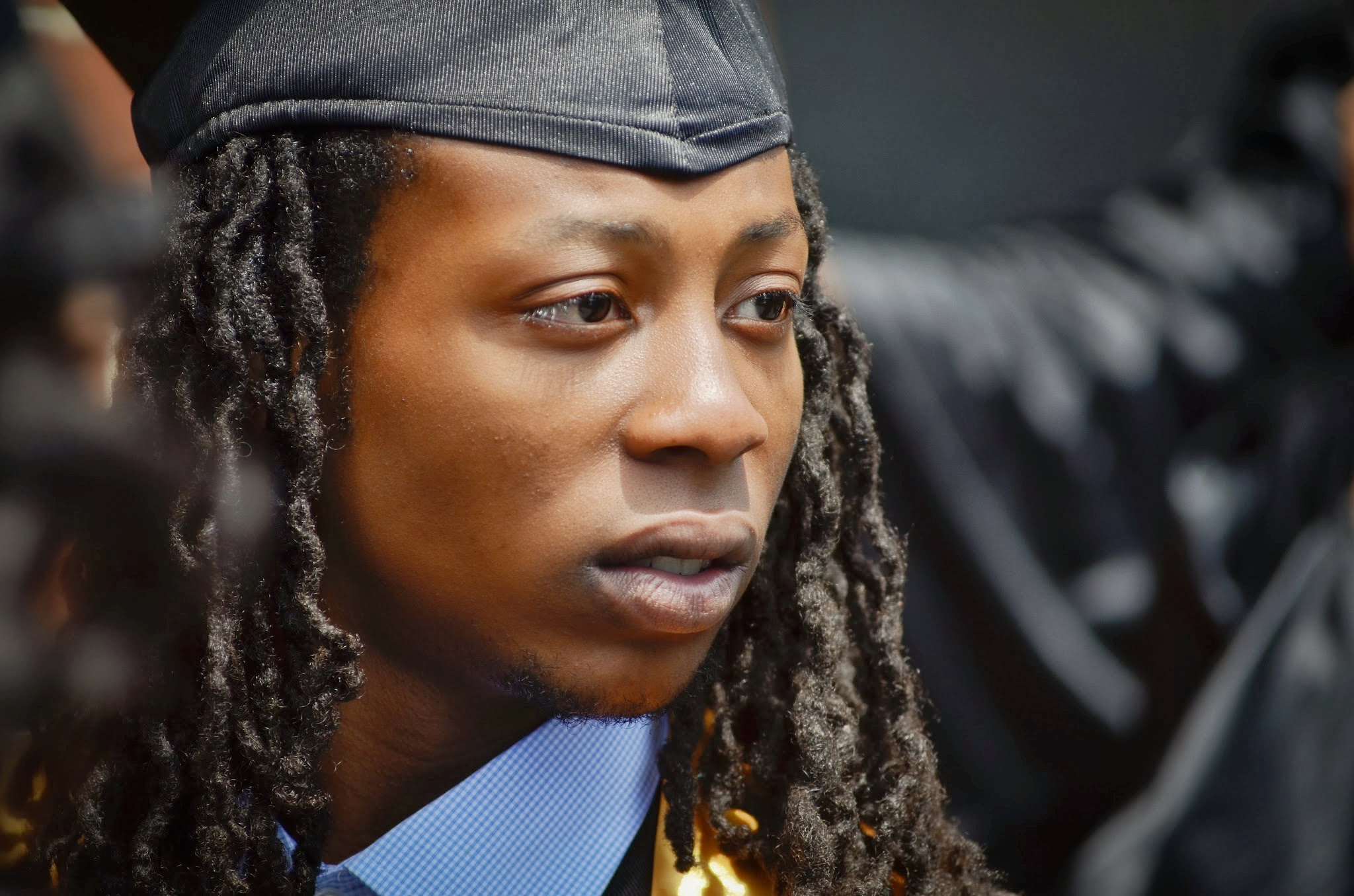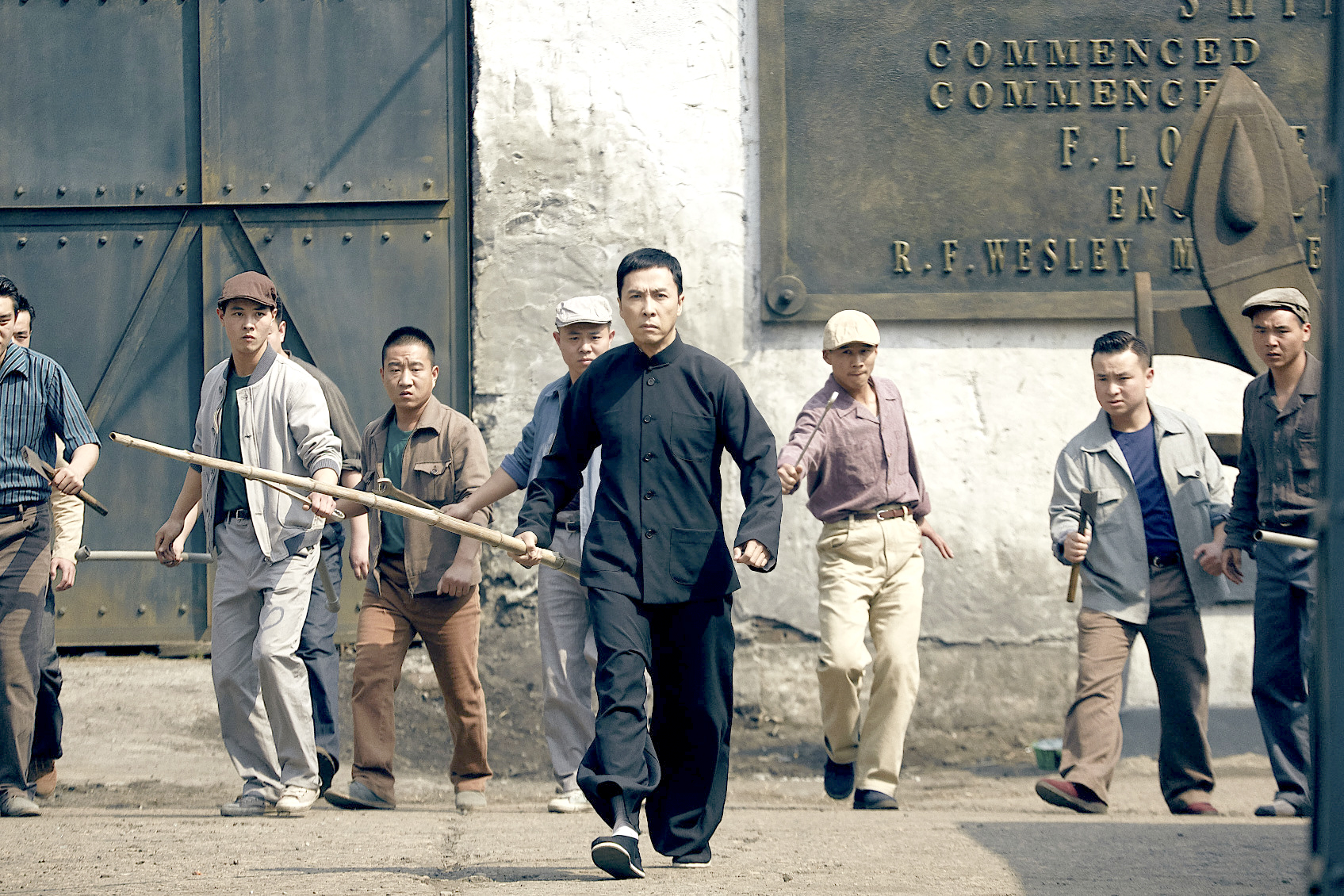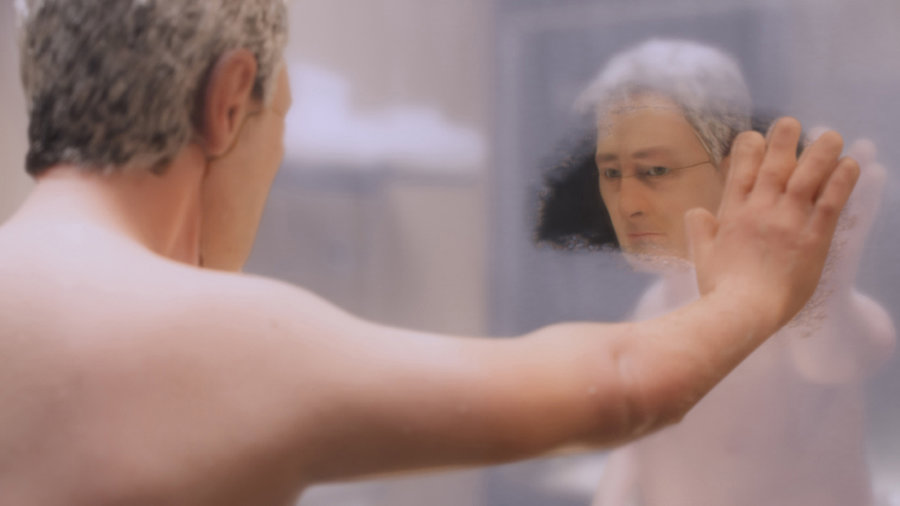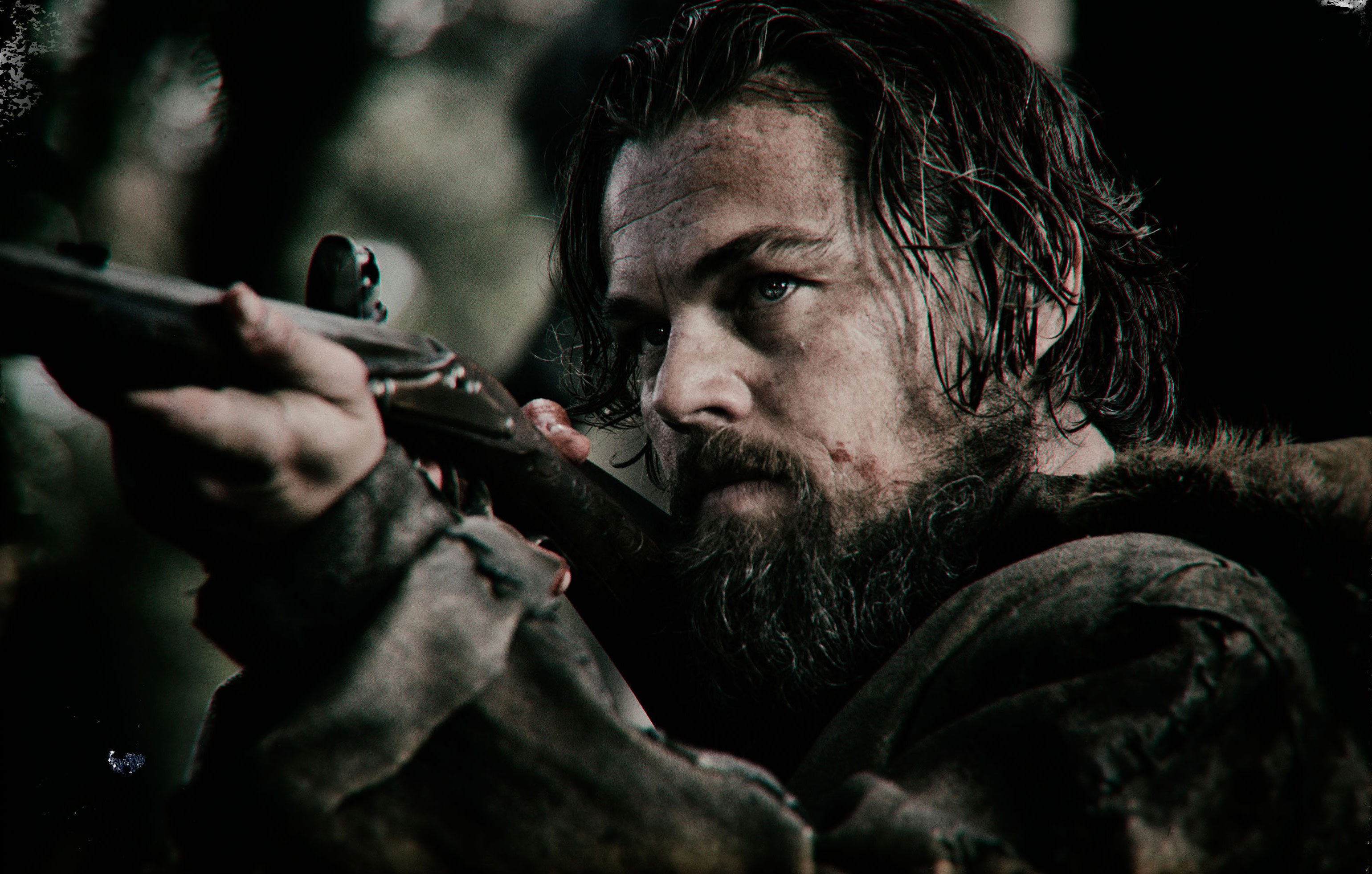American Promise
Opens Fri., Jan. 24 at Sundance Cinemas. Not rated. 135 minutes.
American Promise begins with serious intent and high expectations. The filmmakers, Joe Brewster and Michele Stephenson, set out to chronicle their young son Idris and his schoolmates over a dozen-year period—a process inspired by the remarkable British Up series and, presumably, Hoop Dreams. Only two children stuck with this project, however: Idris and his friend Seun Summers, first seen as they begin grade school at Manhattan’s upper-class Dalton School.
In the early stages, Brewster and Stephenson seem to steer the movie in a willed direction: What will be the challenges for two African-American boys at a predominantly white, high-achieving school? The Dalton officials seem utterly sincere in their desire to diversify the place, but the challenges are real. Some of them, however, don’t relate at all to race; both Idris and Seun have specific learning issues, for instance. After some years Seun can’t keep up with Dalton’s standards and opts for a Brooklyn public high school with a mostly black student body.
American Promise is often engrossing in exploring the anxieties and dreams of two young black males as they navigate life, and Idris and Seun are distinctive people. But our view of them is complicated by the camera’s sometimes intrusive presence, and by the uncomfortable fact that Idris is the son of the film’s directors. Brewster and Stephenson, who frequently appear on camera, push Idris with what appears to be around-the-clock studying. They’re driven people who can’t understand why their oldest son isn’t ambitious in the same way. That makes it hard to decipher the film’s own perspective. What I see are two overbearing parents who are not only projecting their own ambitions onto their kid, but plunking down a camera to capture disappointing or embarrassing moments.
Some questions: Did the presence of the lens more significantly change Idris’ behavior or that of the filmmakers themselves? Might the parents have been a touch warmer and less schoolmarmy if they hadn’t been living their lives for a camera to record? Are they trying to document life as it happens or prove a point? The social portrait of American youth is overshadowed by those troubling aspects. Whatever interesting issues this movie might bring up, the lingering impression is that first and foremost, it might not be a great idea to subject your own child to the distorting lens of the documentary camera.
film@seattleweekly.com







